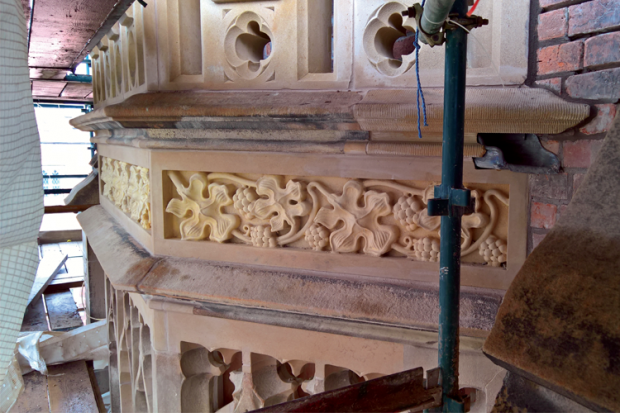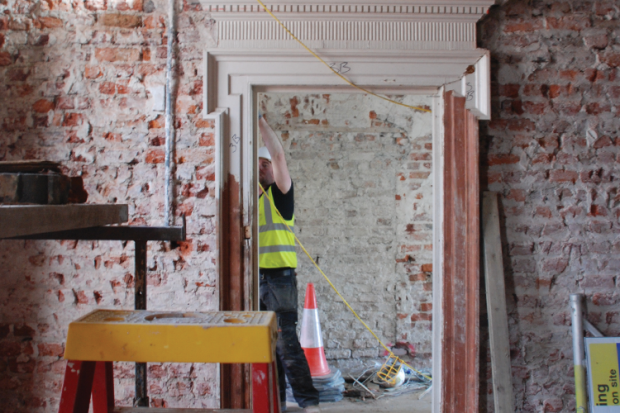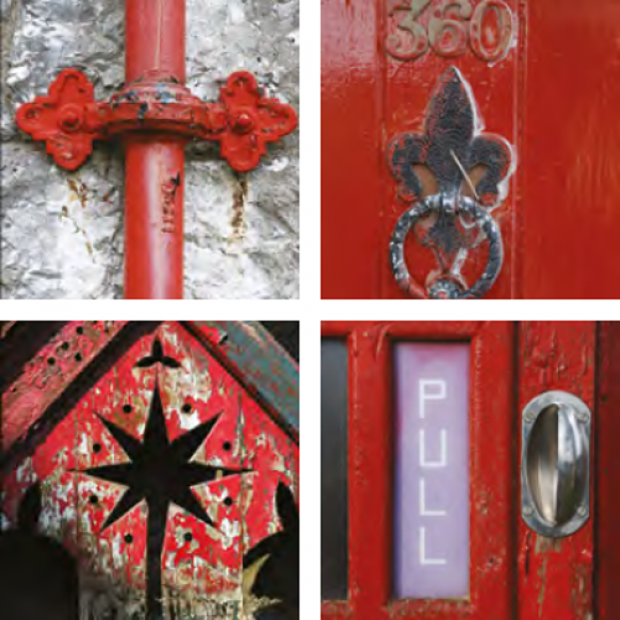Advice
The Department is responsible for supplying advice to owners on how best to look after their buildings. We are also happy to visit a building and offer on-site advice, and this can be arranged by contacting the Historic Environment Division through our General Enquiry telephone line or e-mail.
A guide to repairs
When repairs to historic buildings become necessary, they should be approached using the basic principle of conservation, that as much as possible of the original fabric of the building is retained.

Unlike endangered plants and animals that can be encouraged to increase their number, each historic building is different and once lost can never be replaced.

Reasonable professional fees applicable to the historic building element of works may be eligible for assistance under the current Historic Environment Fund scheme. Professional advice can often mean the difference between a smoothly run, best value for money, successful scheme and one that results in excessive or unexpected costs and the loss of much valuable material.
Advisory standards for repair and guidance for works to listed buildings can be found on the page:
Specific guidance on commonly found types of repairs to listed buildings can be found on the pages:
- Listed Building Maintenance - Checklist
- Listed Building Maintenance - Windows & Doors
- Listed Building Maintenance - Gutters & Downpipes
- Listed Building Maintenance - Pointing & Rendering
- Listed Building Maintenance - Roof Coverings
Other elements

Materials and details inside a building are just as important as those on the outside. Original plasterwork, joinery, including stairs, skirtings and window encasements, floors and fireplaces all contribute to the value of a building. Sound elements should be protected and left in-situ wherever possible during building work. Otherwise, careful removal, labelling and dry, safe storage pending reinstatement is vital.
Architectural salvage and second-hand materials with provenance can be very useful. It is always sensible to source and specify everything before starting work to avoid delays and the temptation to substitute inferior or inappropriate modern materials.
A guide to maintenance
All buildings require maintenance and it is the best way to ensure the continued life of your building. It's importance can't be overemphasised as most of the damage that occurs to historic buildings can be avoided by small scale regular maintenance that can ensure an indefinite life for most building elements. Inevitably, defects start as a small problem and grow in scale if not fixed.
Regular maintenance requires a relatively small amount of time and very considerable savings will be gained in the long term as a result. Scanning a roof, for example, can reveal missing or loose slates, or noting broken guttering can pinpoint areas where serious decay will result if the problem is left unattended. Maintenance must be carried out regularly and systematically. Without it the aesthetic appearance and fabric of the building can deteriorate to an unacceptable level. If this is allowed to continue a more extensive restoration will be needed to guarantee the preservation of the historic building.
Climate change
Climate change affects us all. As custodians of the built environment for future generations, we must all consider the impacts of climate change on built heritage and the historic environment. HED has a short guide on Climate Change which includes resources and advice on dealing with the effects of climate change on the historic environment.
Further information
The Division publishes a range of guidance documents and Technical Notes aimed at improving the quality of work carried out to historic buildings and ensuring that their character is maintained.

